Regardless of conflicting approaches, we must acknowledge that in all societies, political behaviour cannot be reduced to catch phrases such as racial/social divide
Like they do so often these days, pollsters and pundits got it wrong about a so-called massive victory for Joe Biden propelled by public anger against Trump’s presidency that had split the US wide open. They had harped on the social and racial divide that Trump had engineered and had put all their cards on the table around this core issue, hoping that this divide would secure a comfortable win for Biden and heal the present divided States of America. What we got instead was an election that went down to the wire which Biden managed to scrape through. Even as Trump was breathing down his opponent’s neck, the pollsters had a tough time convincing the people, and themselves, where they went wrong and why they failed to sense the public mood.
If Biden won some key States like Pennsylvania, Michigan and Wisconsin, it was a sigh of relief rather than a vindication of poll pundits. To give the devil his due, Biden in his victory speech, said, “I pledge to be a President who does not see red or blue States, but United States. For all those of you who voted for President Trump, I understand the disappointment tonight… But now, let’s give each other a chance…It’s time to put away the harsh rhetoric, lower the temperature, see each other again, listen to each other again. And to make progress, we have to stop treating our opponents as our enemies. They are not our enemies. They are Americans.” It is difficult to find fault with such clarity of thought that offers an insight into the way he is planning to run the show.
Though statesmanlike, Biden’s speech must be seen in terms of realpolitik. On the face of it, he is making an effort to move away from a binary framework which many believe was mainstreamed by Trump. It is another story that Biden may not be radically different from Trump in terms of economic policies or international relations and in spite of his sage-like calmness vis-à-vis Trump’s abrasive demeanour, his policies may not reflect that outward garb. The declaration of intent by Biden that his first job is to unify the country has been celebrated as a watershed development and a moment of awakening of the great nation that is waking up to its Puritan ideals of being a city on the hill. But the reality is that the US will pursue a politics that favours its own interest rather than India’s or China’s. Even if we assume that Biden will indeed usher in world peace that has not been seen before, its reality can only be imagined in a time yet to be.
Biden’s speech was apparently a clarion call to “make America great again.” What was lost in the cacophony of media analysis is that race ties are much more than the Black-White divide. Since the time of the founding fathers, the idea of frontier has dominated the US’ imagination and the worst victims have been the native Americans who went on moving westward while vacating space for the Europeans. The history of slavery is as much a history of dispossession and violence as has been the history of the frontier. And unlike the visibility and general awareness of African-American history, it just does not exist outside books and certainly not in the popular debates, maybe because of the numerical weakness of native Americans. Similarly, the presence of Mexicans in the southern borders and later the influx of Hispanic migrants and Asians in the aftermath of the World War do not count as racial issues. Hamid Dabashi, an Iranian-American professor from Columbia, was clear that in spite of the intellectuals’ fascination for Biden, he is not going to vote for him. He was convinced that Biden is as much a symbol of misogyny as is Trump, one who also supported the Iraq invasion. He differed from other leading intellectuals like Cornel West and Noam Chomsky, who preferred Biden. This is because “demonic” Trump is unredeemable whereas Biden can be pressurised to do good. This lesser-evil syndrome in English media is a lame excuse rather than a position of conviction. Converting a political choice into a moral one is dangerous to say the least because it sees things in black and white, creates saints out of challengers and demons out of the incumbent. Now the question remains if the media simply represented what they saw taking place or created a razor-sharp divide. If one believes in the constitutive power of language and images, then the media, too, created the divide, gave wind to it so that it could frame the debates along predictable lines.
Unfortunately, most of the media reduced race relations to Black-White problems and limited the enormity of their complexity to the period of Trump’s presidency. What we got in the process is not a substantive engagement with the foundation of the US as a nation with multiple layers of conflict and collaboration, but sound-bites and clichés that concentrated around Black-White relations, more or less the way Indian problems are framed around the Hindu-Muslim conflict. This vastness got squeezed into the period of 2016-2020 and cathected onto a symbol that is Trump. By reducing him to the be all and end all of everything that ails the US, most of the media peddled in sloganeering rather than explaining anything. What we got was a caricatured version of social reality where we have heroes and villains. In the process, the media absolved itself and society at large from taking any responsibility for simplifying things and immunised all possible future perpetrators with the understanding that all race-related problems will disappear with Trump’s defeat. What is disturbing is the ease with which experts saw him as the root cause and refused to see the problem in the very American consciousness and its exceptionalism that pervades Biden’s psyche as much.
Some commentators believe that “Trumpism” will continue to live on even after his loss. Their understanding is that “if a demagogue has the skill and the cheek to build a dominant majority’s latent insecurities into a victim complex, he can build an impregnable base.” They go on to compare Trump’s US with Narendra Modi’s India, something which betrays ignorance of unique historical experiences of these two nations. What they ignore is their own position as knowledge producers create and perpetrate the language of exclusion. In the act of interpreting reality, many thought leaders end up producing it and cling on to that as if reality is a fiction of journalistic language. US TV anchor Van Jones broke down on live TV while covering Biden’s victory. Another called Trump an “obese turtle on his back realising his time is over.” Yes, Trump was a sore loser but such language perpetuates the divide and conditions intellectual debates around them.
Now let us face the reality of race politics and the impact of the Black Lives Matter (BLM) movement and to what extent the social divide actually played out during the election. It may surprise many that Trump actually improved his popularity among Black voters compared to 2016. Even though it stands at a meagre eight per cent, it is still two per cent higher than what he polled earlier. Even as this is nothing compared to what Biden got, it will continue to rile the Democrats and pundits alike as to why eight per cent Blacks voted for Trump in spite of BLM reaching its crescendo just before the election. What we know so far is that the Black support was due to Trump’s performance vis-à-vis the economy and improved employment among African-Americans. Another reality is that Democrats themselves believed that Black youth are predators.
Trump made significant gains among Latino voters in important States like Texas and Florida. In Democratic strongholds, like Rio Grande Valley region, he got close to 50 per cent Latino votes. The BLM movement consolidated the Latinos around Trump as they predominantly identify themselves as White; also Mexican-American voters are usually conservative. Another aspect that we should not lose sight of is the fact that many Latinos fled from their countries to escape the so-called Marxist utopia run by Left-wing dictators. Among Cuban voters in Florida, Trump had more than 30 per cent lead. These nuances are rarely discussed in a mainstream media.
So far as issues are concerned, Pew Research said that Biden and Trump coalitions fundamentally differ over racial inequality following the killing of George Floyd, with more than 75 per cent Biden supporters agreeing that racial inequality would be a determining factor for their voting behaviour compared to 24 per cent of Trump’s. In spite of Trump polarising and vitiating the climate to an extent, we should not forget that US voters are entrenched in their political beliefs and only outliers can be persuaded to vote otherwise. This becomes even more pronounced in a bi-party system in the US. This election was not as polarising as is made out to be. To put it in perspective, Trump won 58 per cent of the White vote in 2016 and 57 per cent this year. Derek Thompson in The Atlantic argued that this election may be a case of depolarisation and that demography is no longer going to be a path to majority for Democrats. He believed that it is polarisation of place rather than race, as urban areas are getting pro-Democrat whereas rural areas are turning Republican. Regardless of conflicting approaches, for the sake of intellectual honesty, we must acknowledge that in all societies, political behaviour cannot be reduced to catch phrases such as racial/social divide. That would be intellectually naïve and analytically problematic.
(The writer is Professor, Faculty of Humanities & Social Sciences, IIT Madras)








 OpinionExpress.In
OpinionExpress.In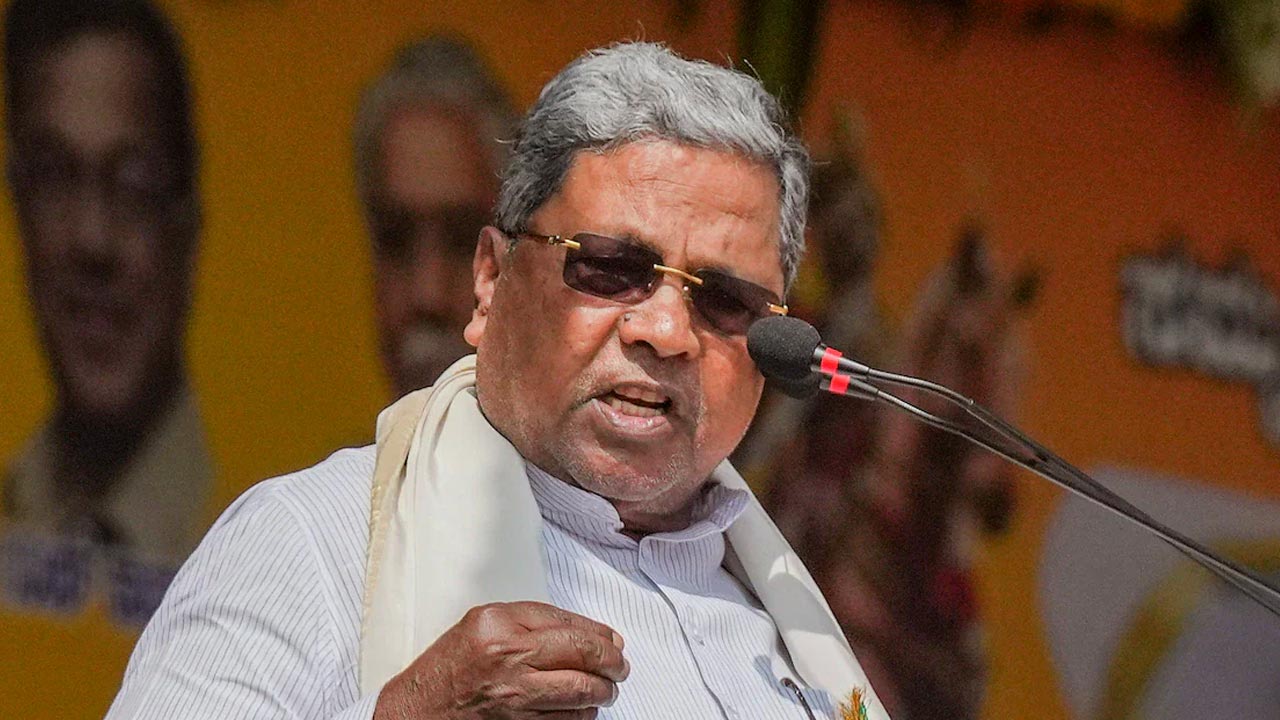
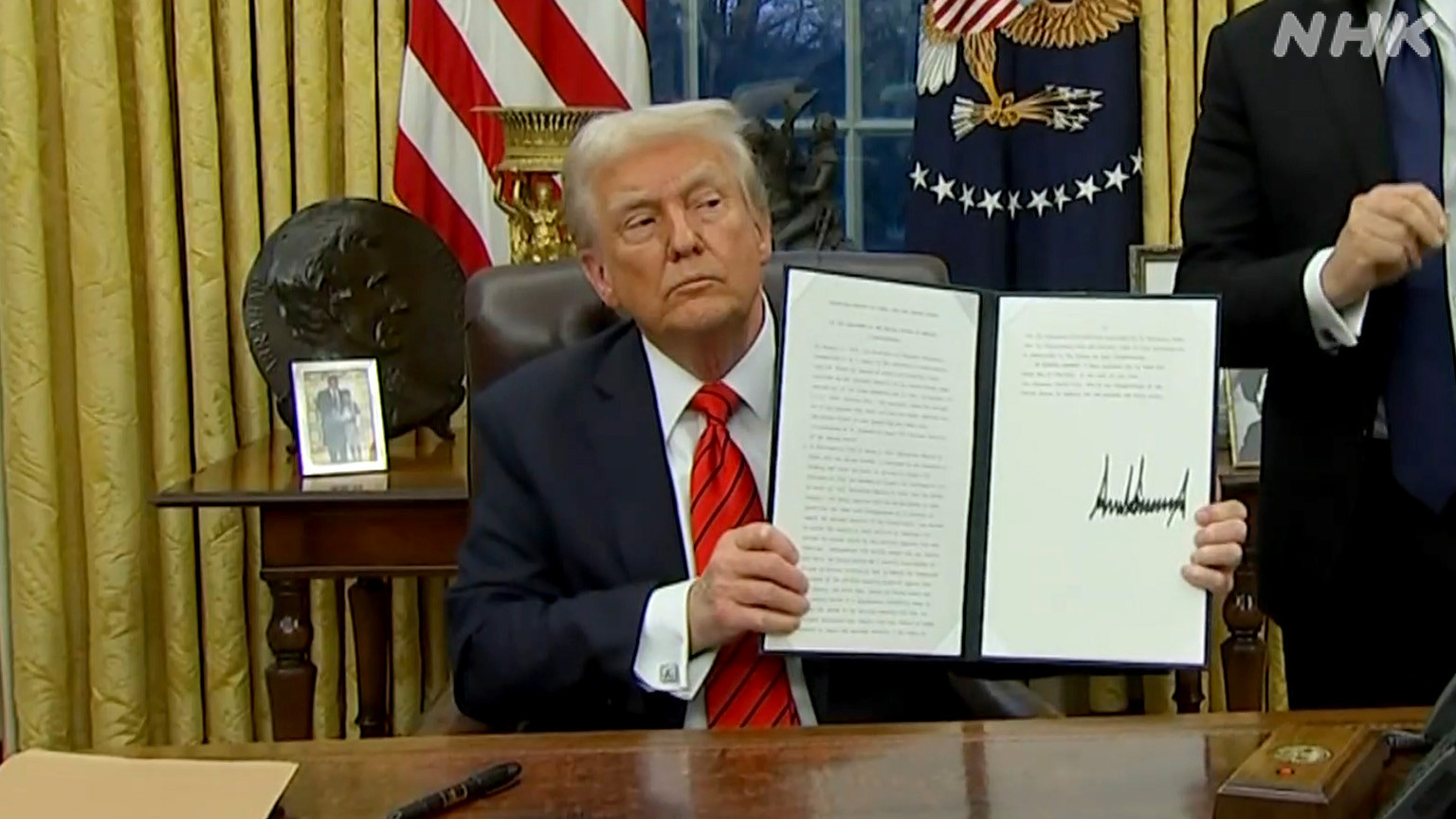

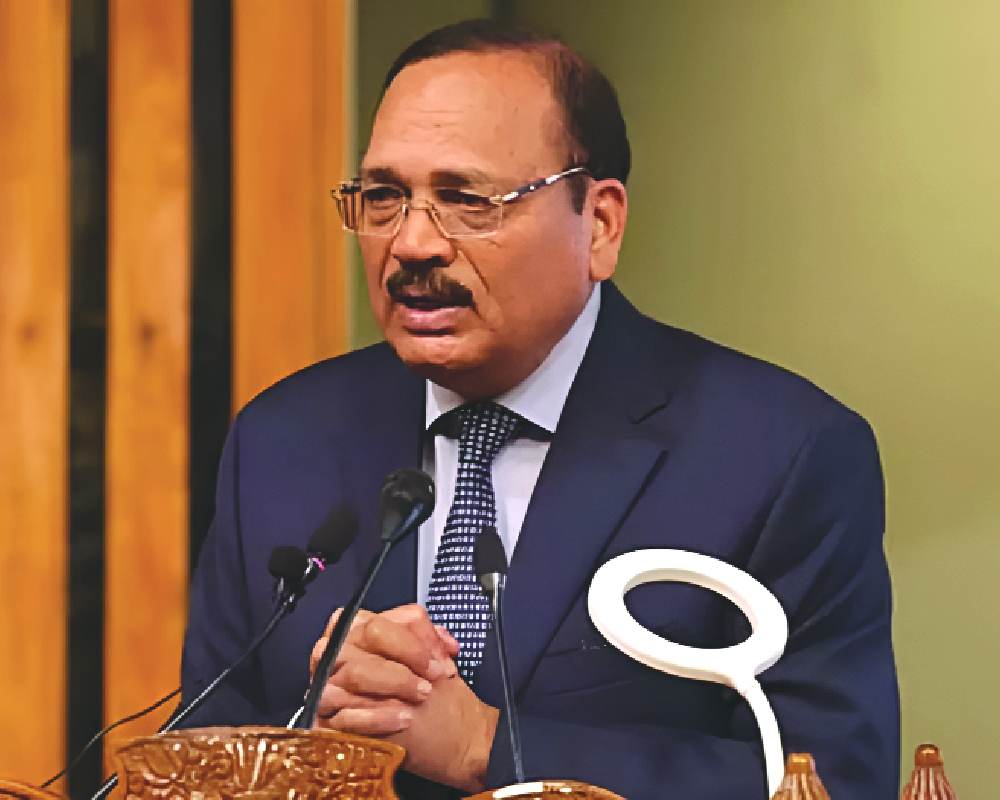
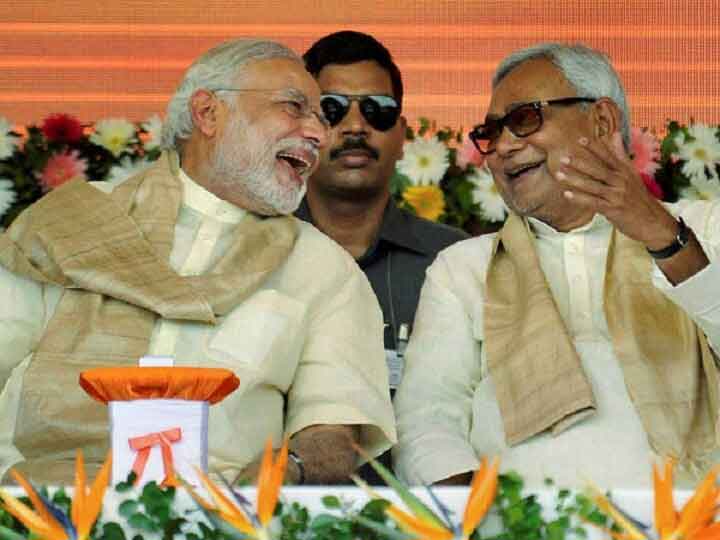
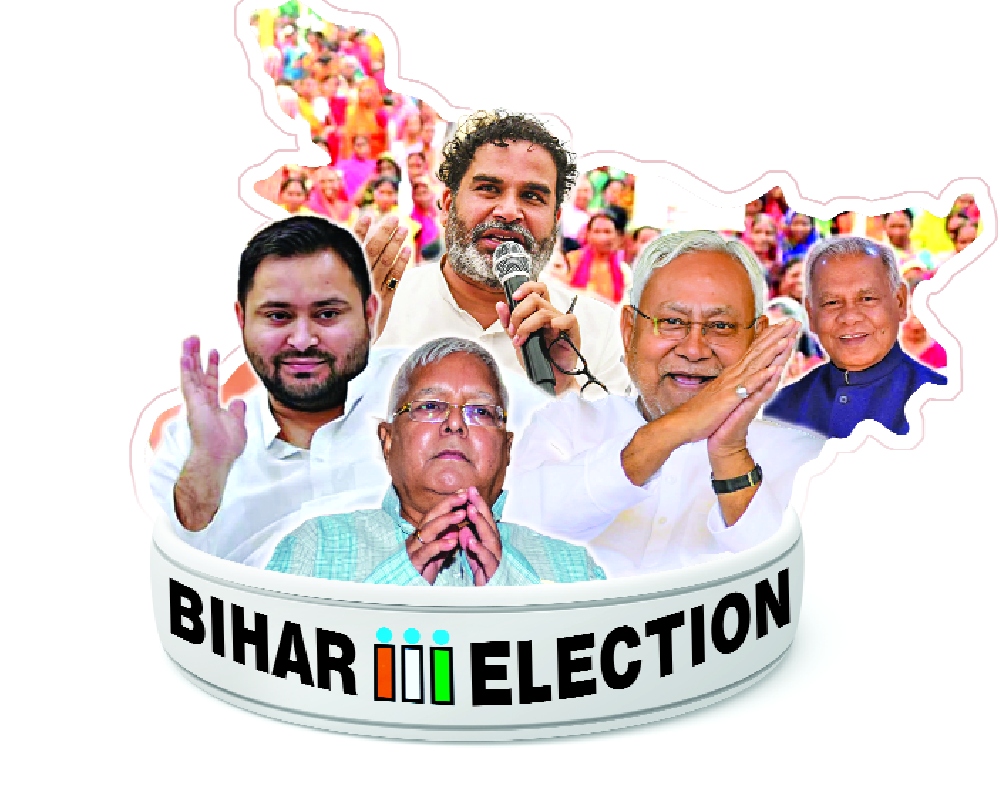
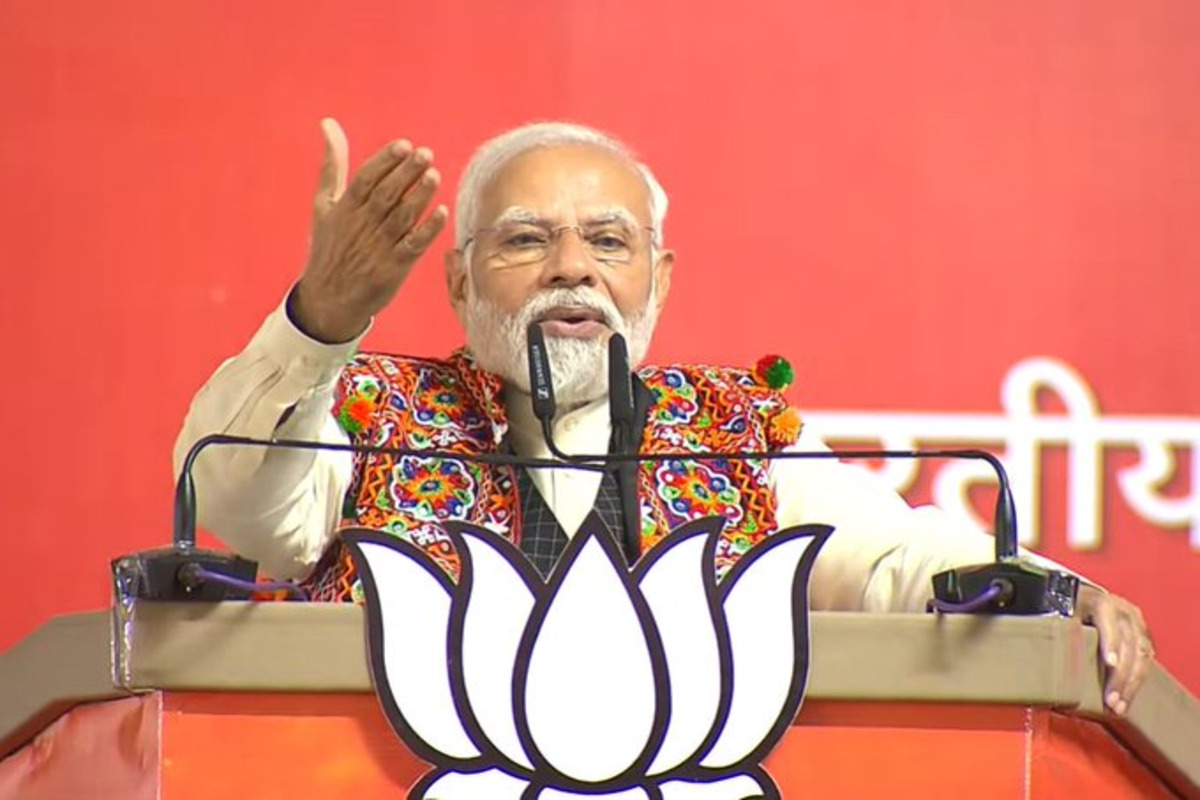

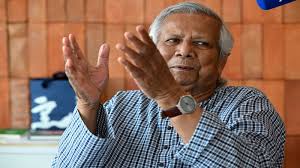






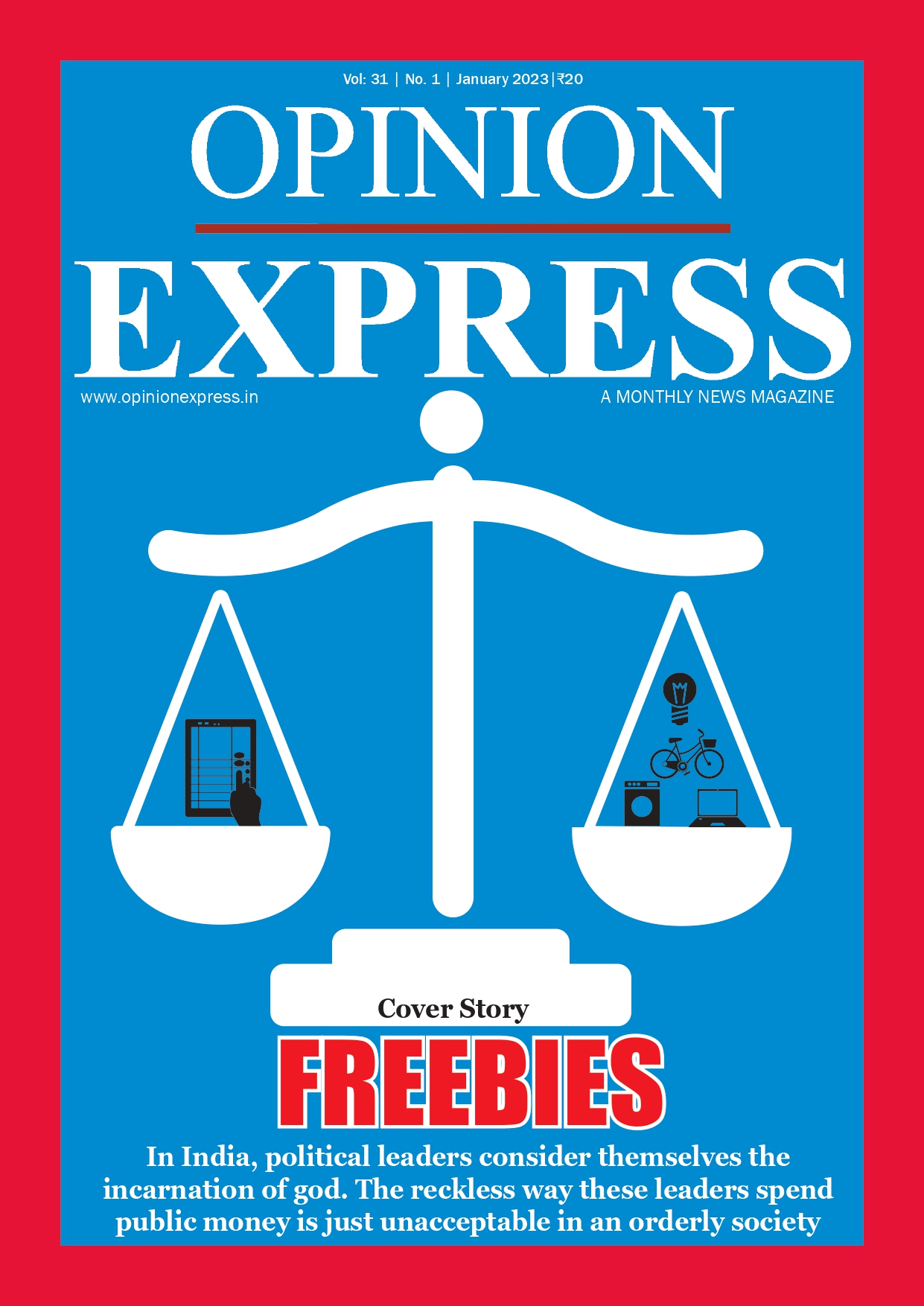
Comments (0)